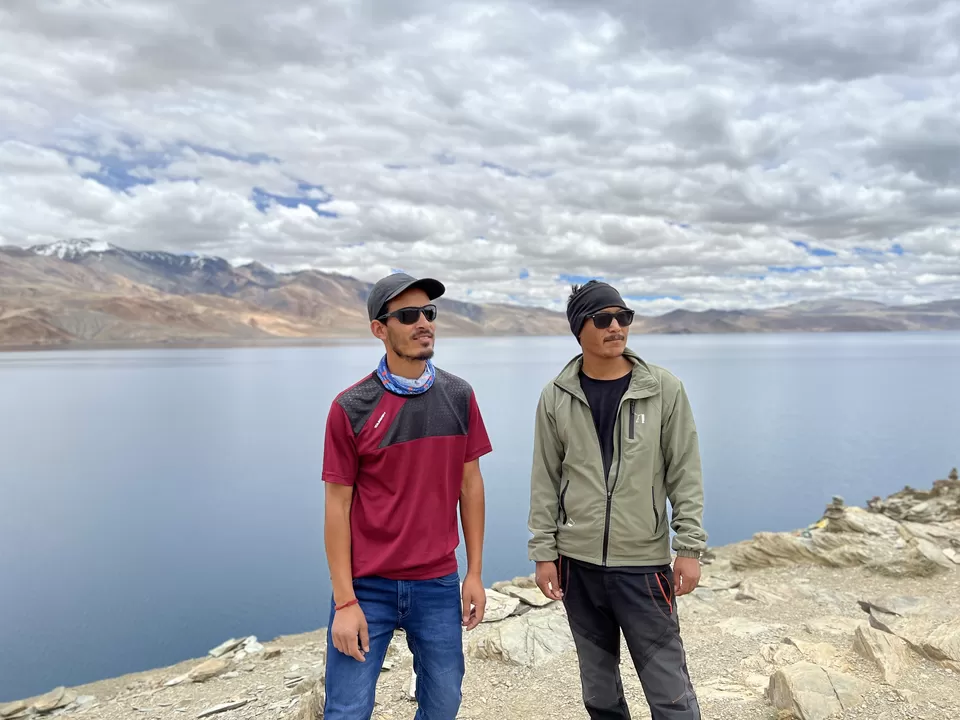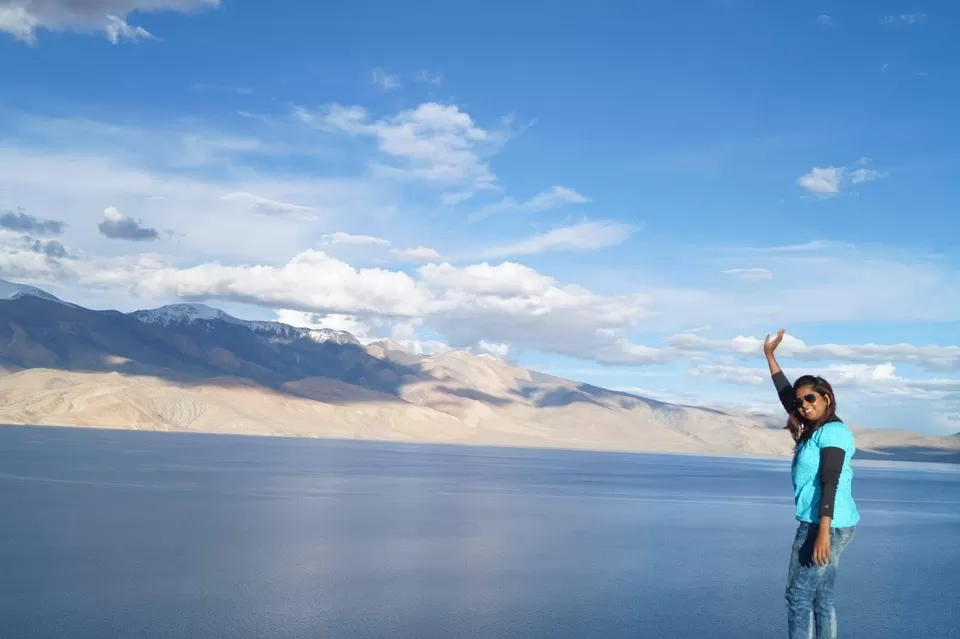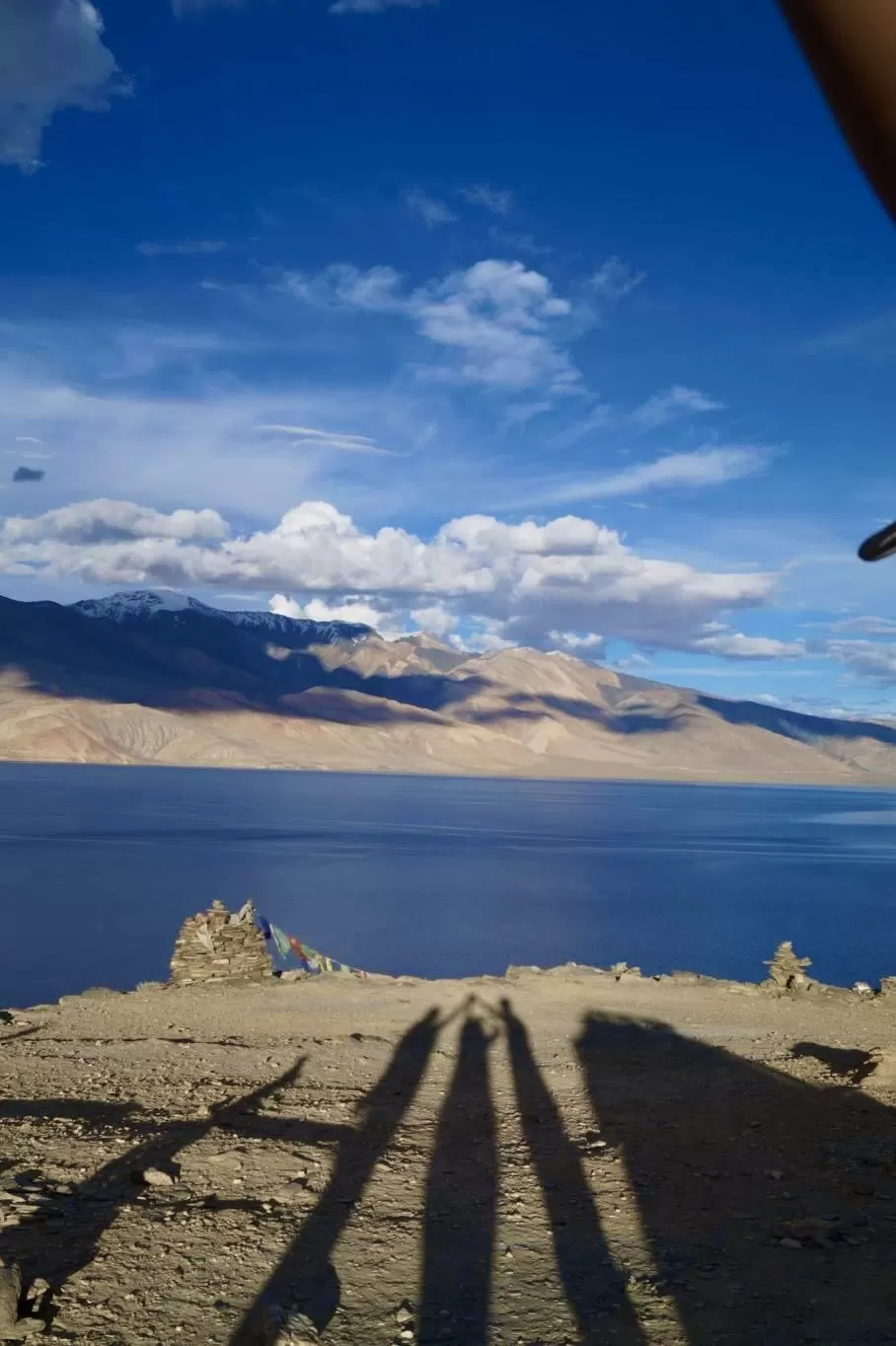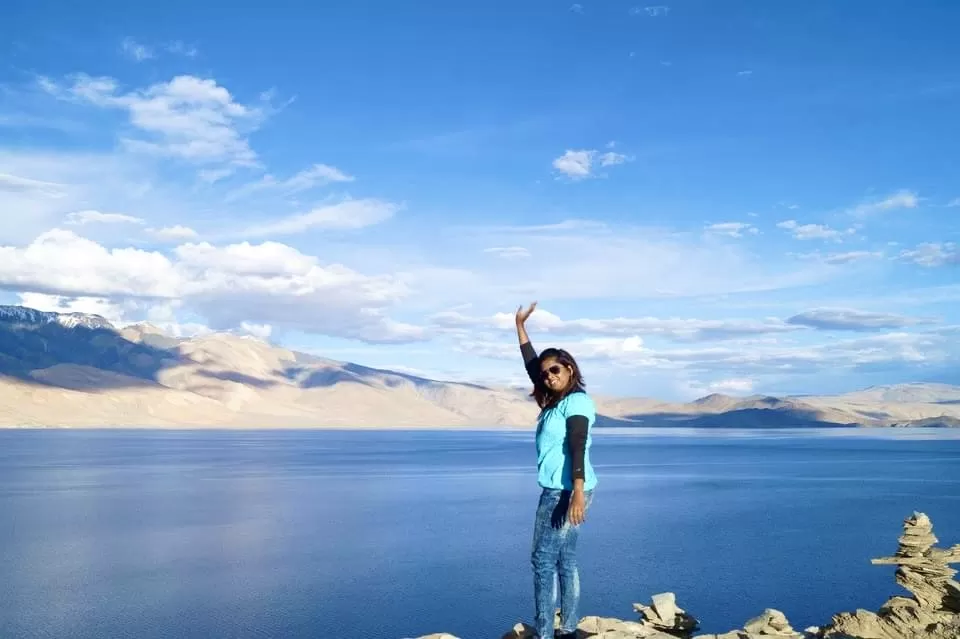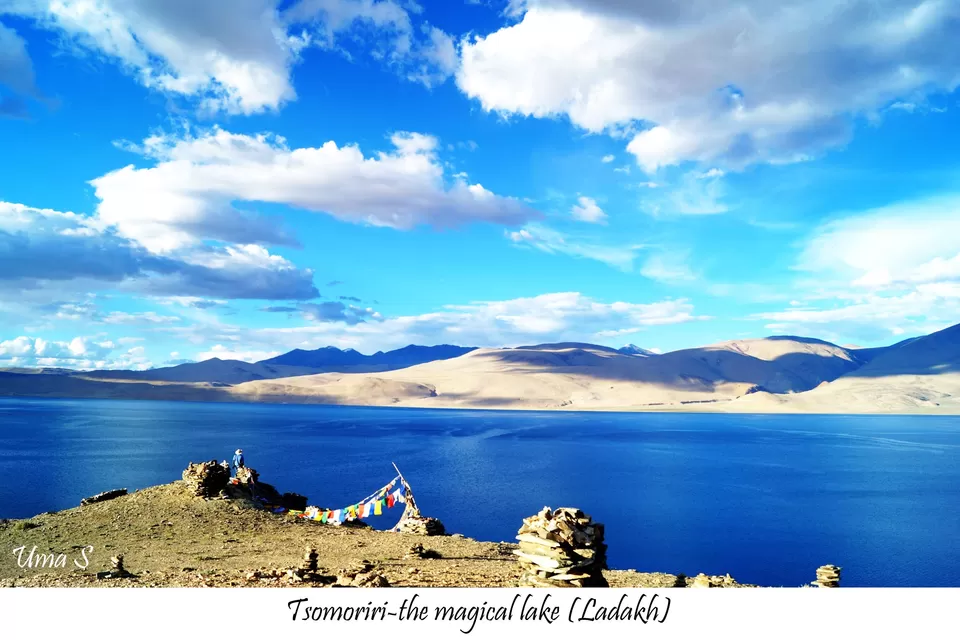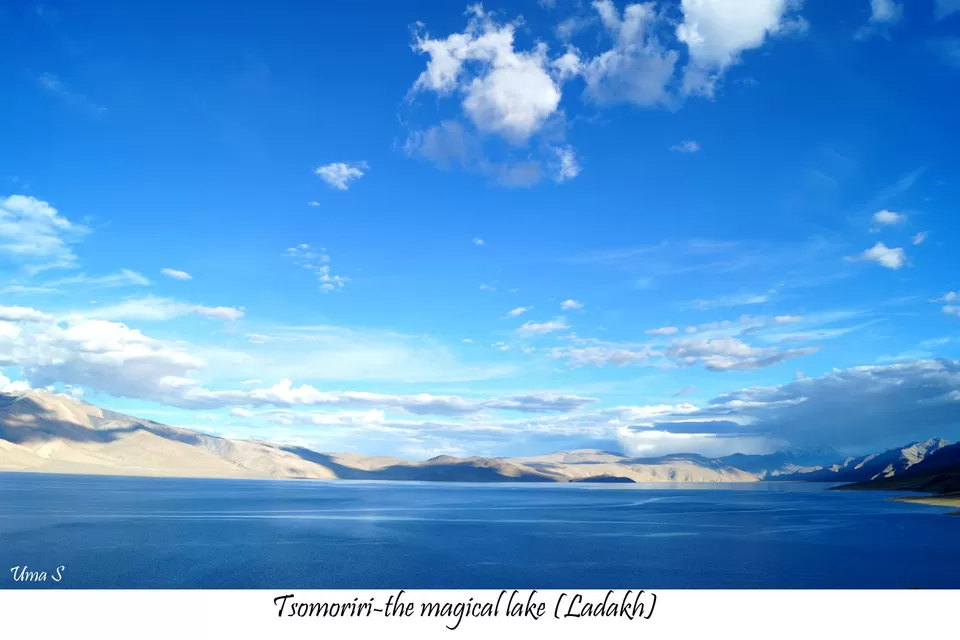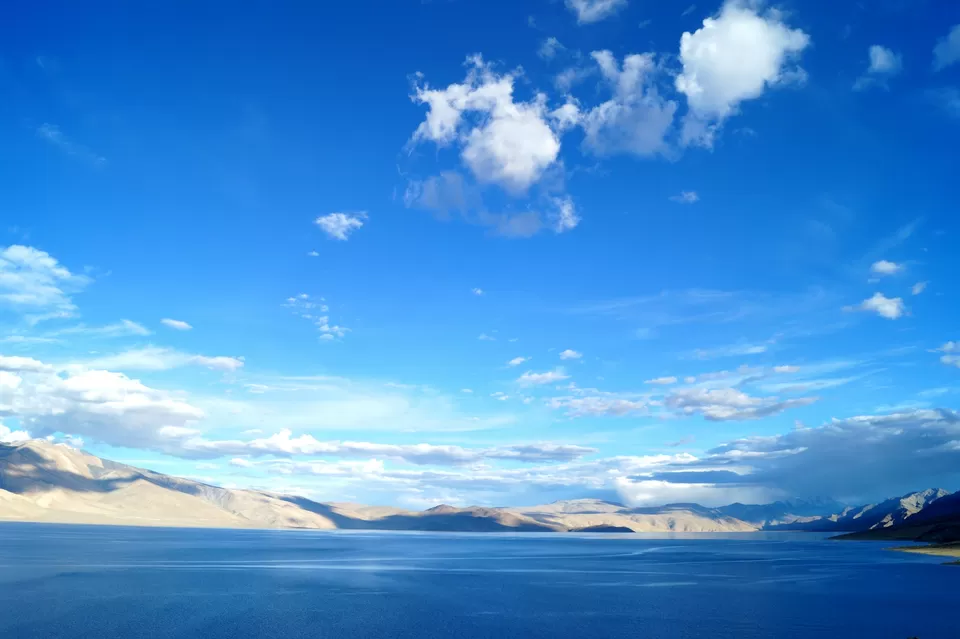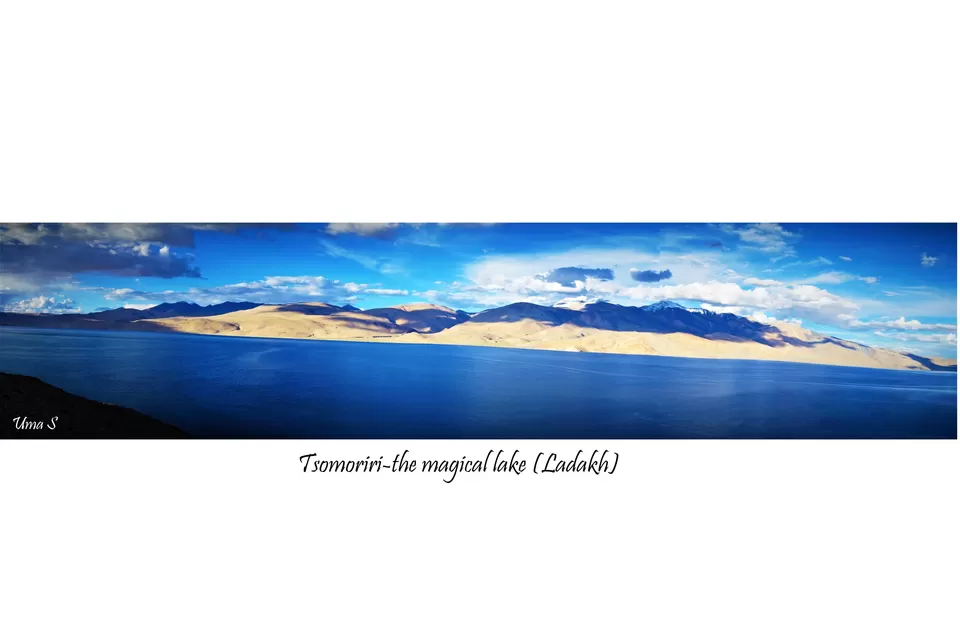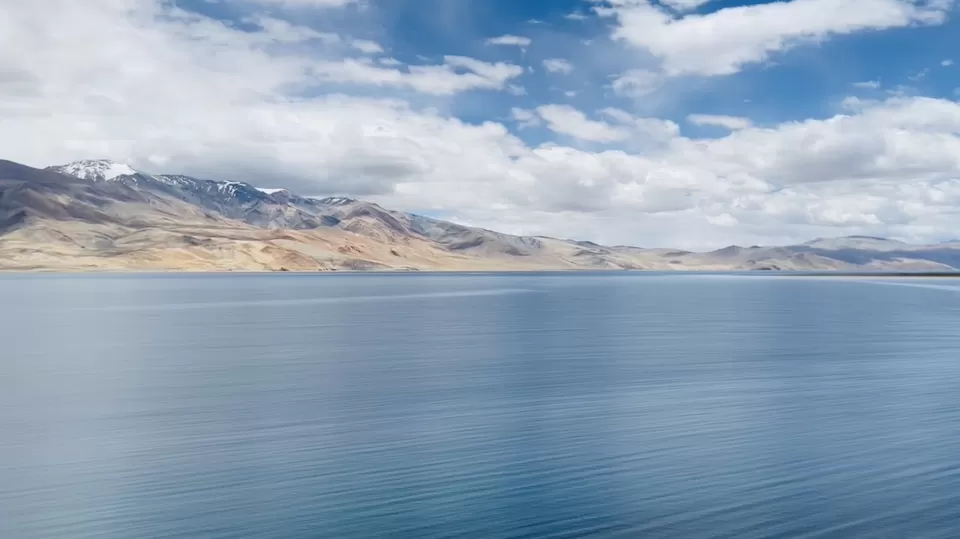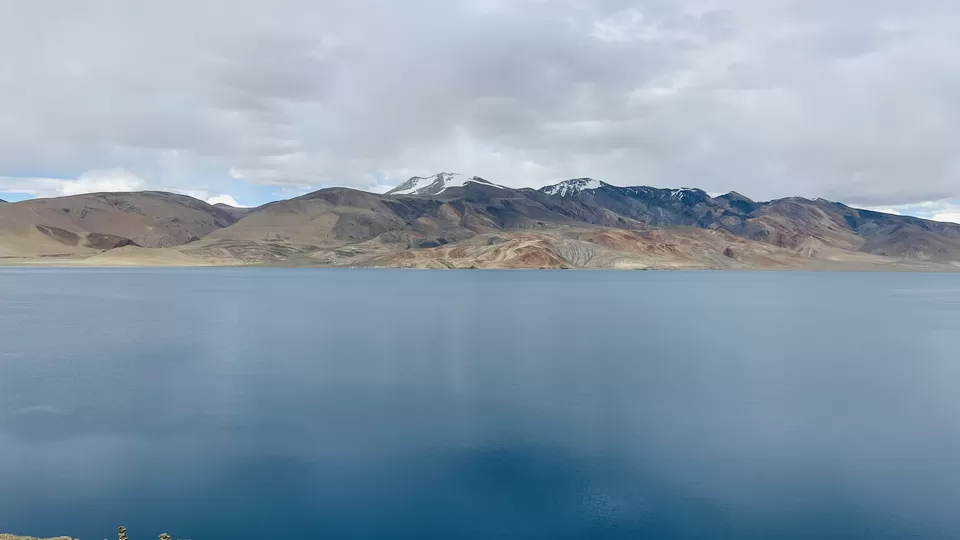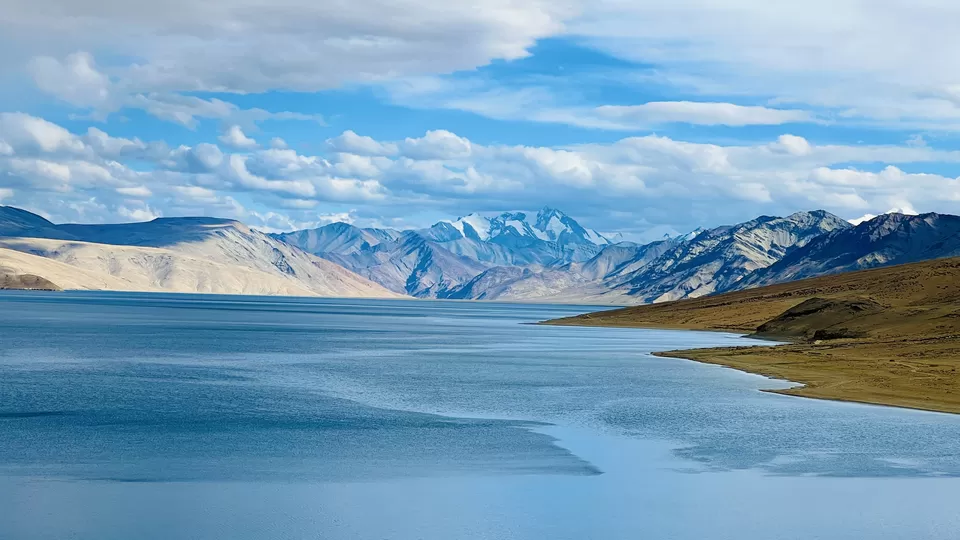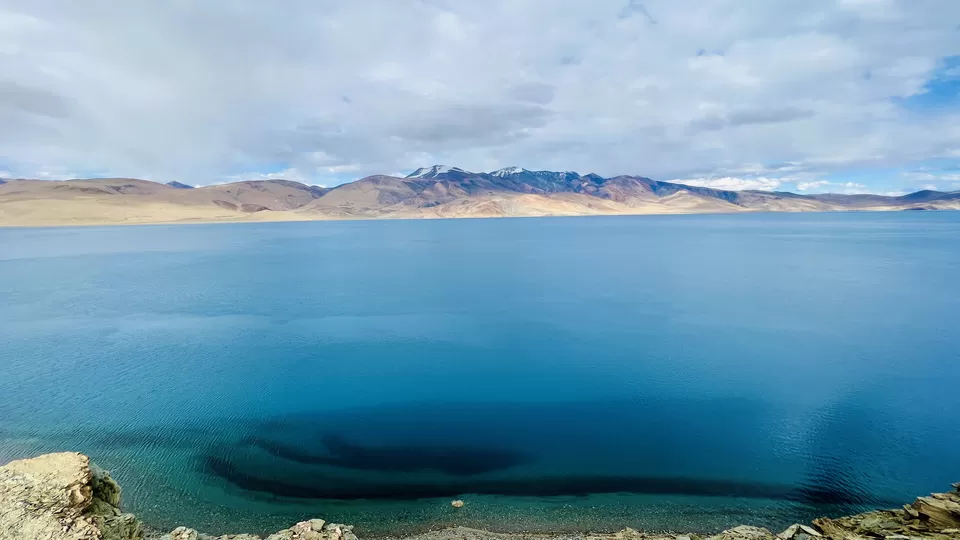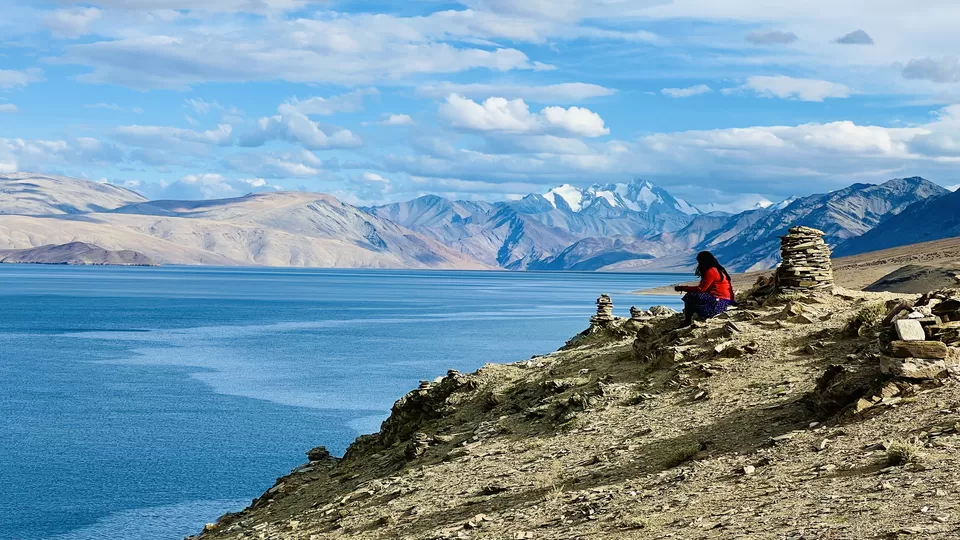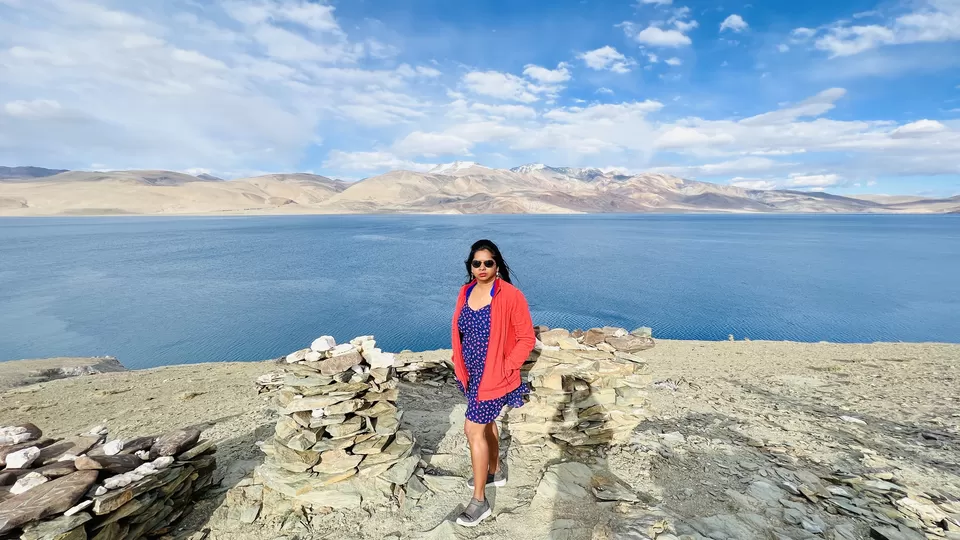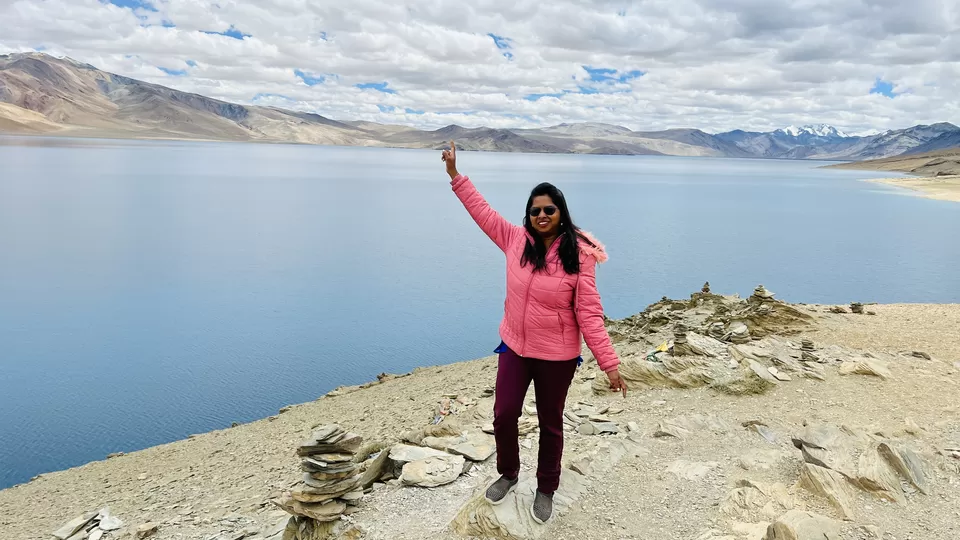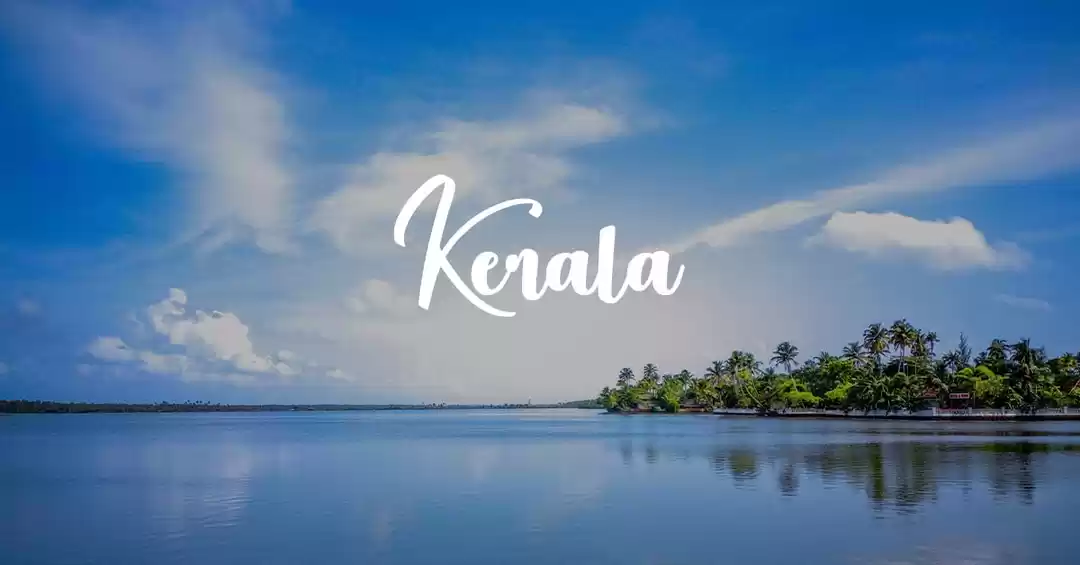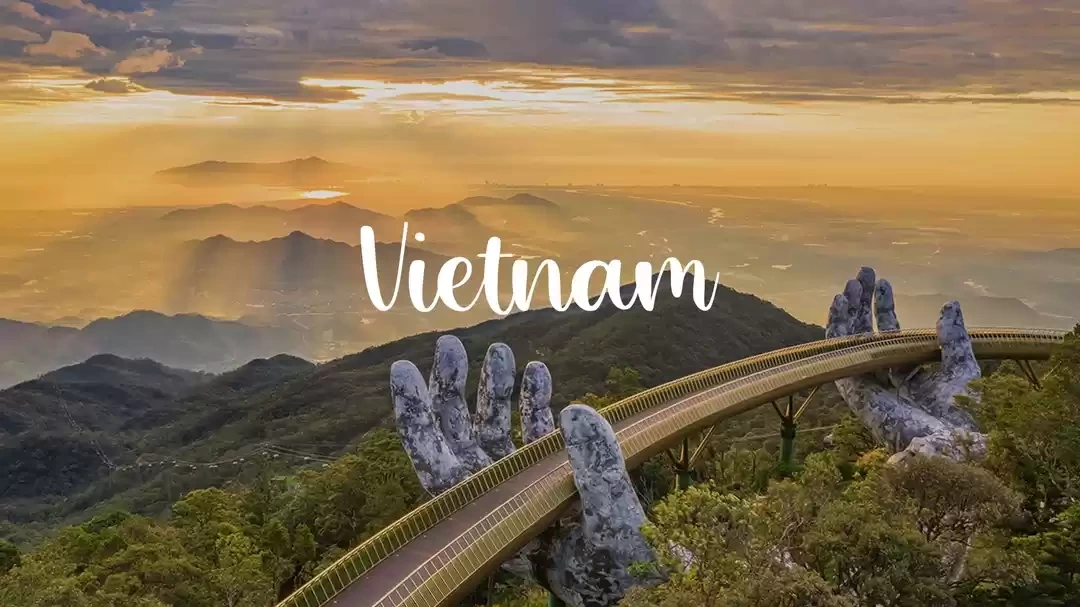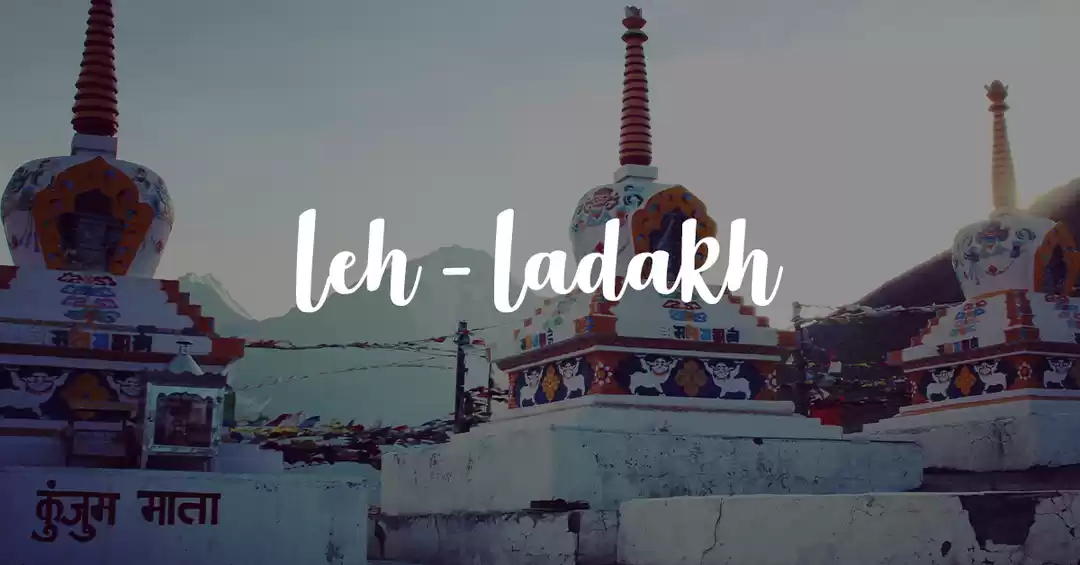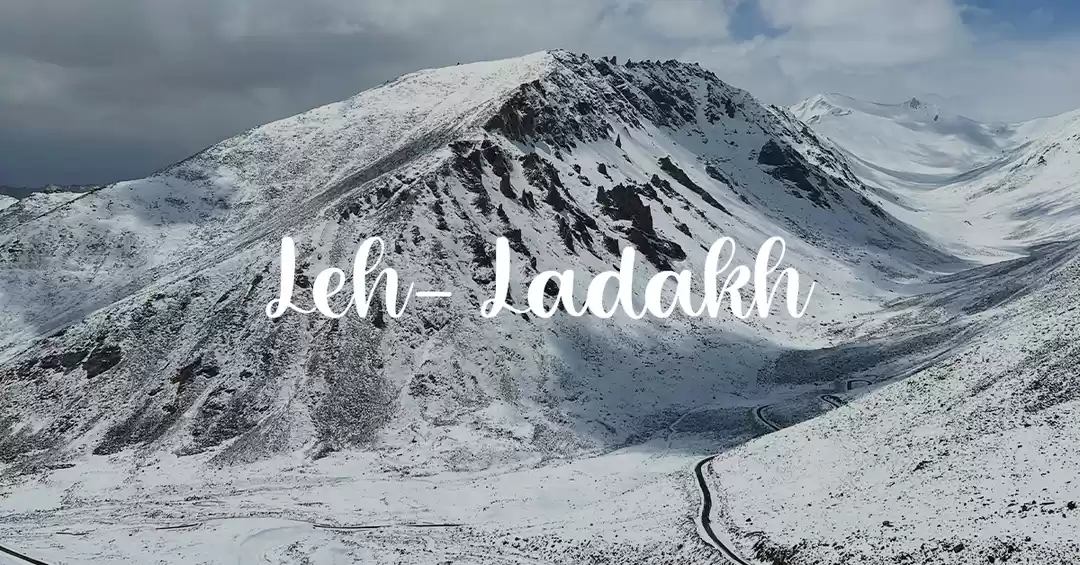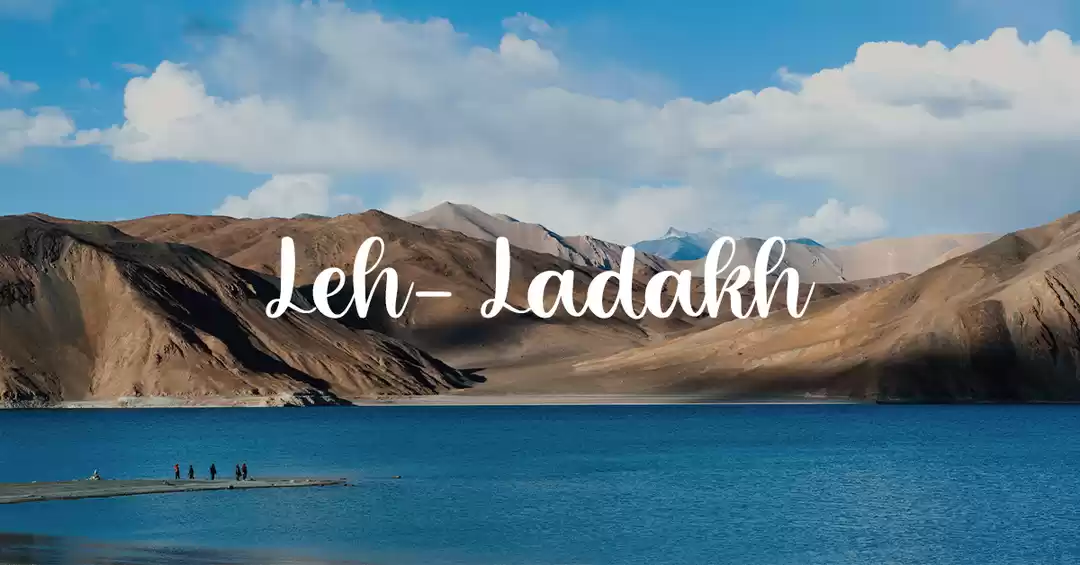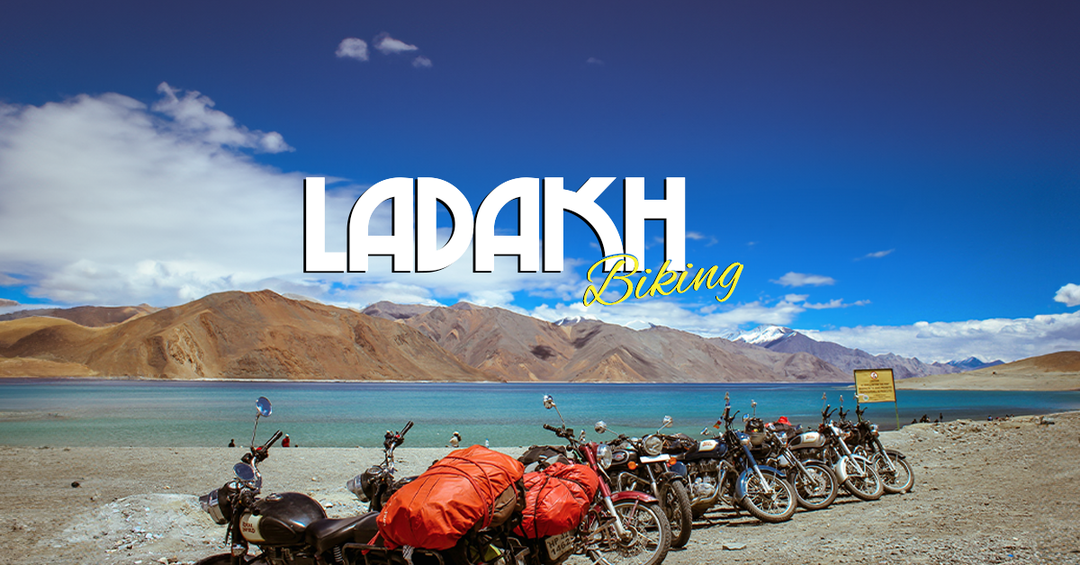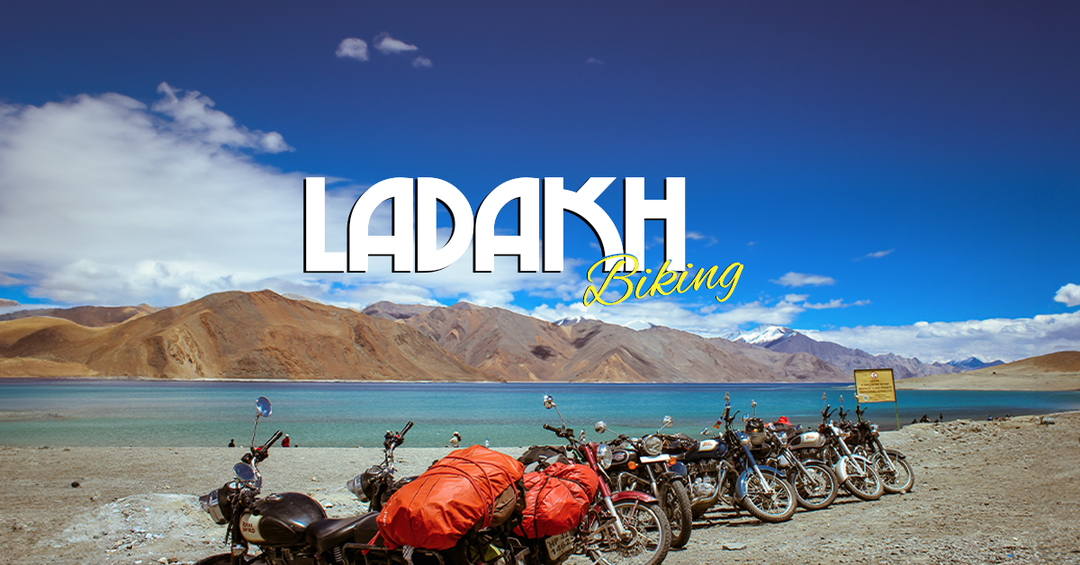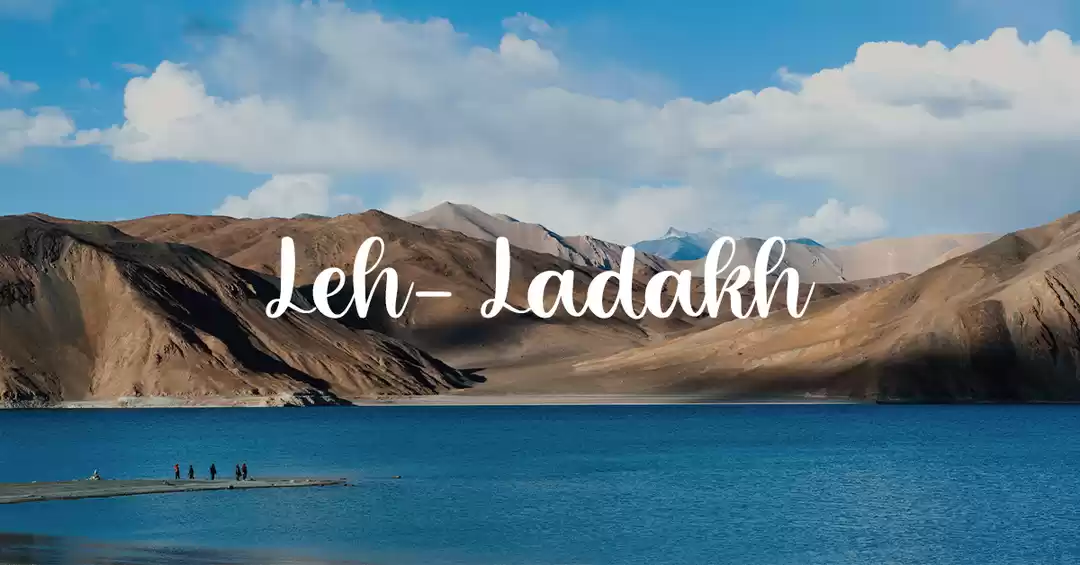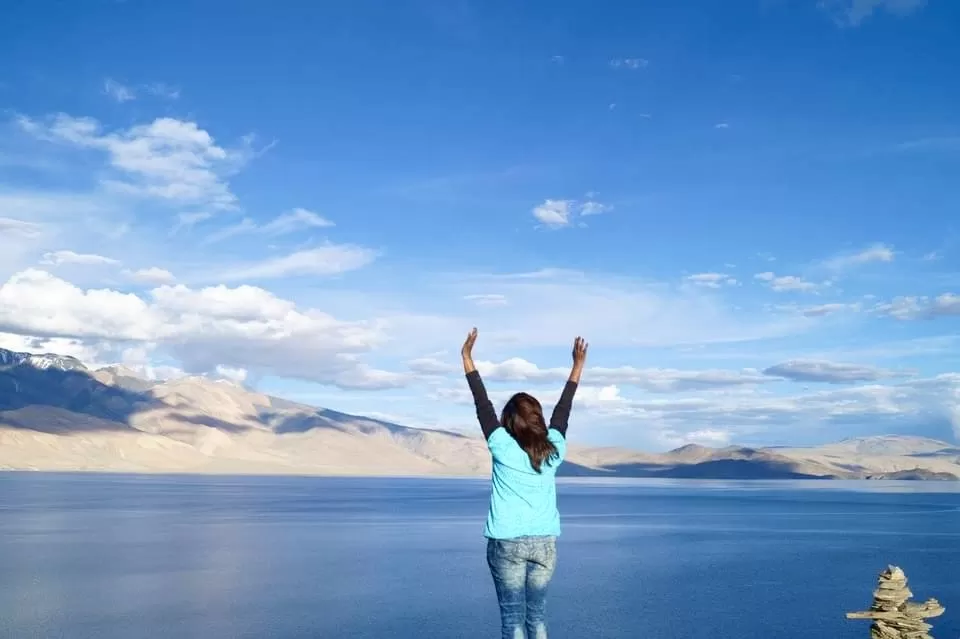
Some places capture your soul in such a way that they never truly let you go.
For me, Tsomoriri is one of those rare treasures - a place where time fades, reality blurs, and magic becomes tangible.
Even today, years later, amidst the chaos of daily life, I often find myself closing my eyes and drifting back to that serene world.
Tsomoriri - or “The Magical Tsomoriri,” as I fondly call her - still lives inside me, as vibrant and surreal as that first day I laid eyes on her.
The First Glimpse: A Dream Unfolding
Nestled high in the Changthang plateau of Ladakh, Tsomoriri is not the easiest place to reach.
Rugged roads, biting winds, and the sheer remoteness can test your endurance -but the moment you catch your first glimpse of her, every hardship simply dissolves into insignificance.
I remember the first time like it was yesterday.
The landscape opened up dramatically, revealing an expanse of vivid blues, framed by stark, barren mountains dusted in snow.
The lake shimmered under the brightest sunrays, as if she had donned her finest dress to welcome a long-lost friend.
It felt like walking into a dream - a sacred space untouched by time.
The Spell of Changing Hues
Tsomoriri isn’t a lake you simply see - she is a living, breathing entity that you feel.
With every passing cloud, she transformed, showing off a new shade of blue, turquoise, or aquamarine.
The sky and the water melted into each other, blurring the lines between earth and heaven.
Standing there, mesmerized, I truly believed I was witnessing magic.
No artist, no camera, no word could ever do justice to the fluid dance of colors I saw.
It was as if Tsomoriri was casting a silent spell, capturing hearts with each ripple and every soft sigh of the wind.
Silence Speaks the Loudest
One of the most profound memories I carry from Tsomoriri is the deafening silence.
In a world where noise is constant, this silence was not empty - it was full, overwhelming, almost sacred.
There was no need for conversation.
No music, no chatter, no distractions.
Just me, the endless blue, the silent mountains, and a heart that had finally found its rhythm.
It was in this silence that I truly understood how nature speaks - not through words, but through colors, winds, and quiet moments of awe.
A Piece of My Soul Stays Behind
Some say that every traveler leaves a piece of their soul behind in the places they love most.
If that’s true, then Tsomoriri holds a precious part of mine.
Even now, whenever life feels too overwhelming, I close my eyes and find myself back there - standing by the shimmering waters, basking under the purest sunlight, breathing in the crisp, soulful air.
Tsomoriri reminds me that magic is real.
It exists in the untouched corners of the world and in the silent corners of our hearts.
And though I have left her shores behind, a part of me still belongs to her - forever spellbound, forever grateful.
How to reach Tsomoriri Lake?
Tsomoriri Lake is located in the Changthang region of Ladakh, Jammu & Kashmir (India), at an altitude of around 4,522 meters (14,836 feet).
It’s remote - and that’s exactly why it feels untouched and magical!
By Road:
1) From Leh: The most common route is Leh → Chumathang → Mahe → Tsomoriri.
o Distance: ~220 km
o Driving Time: ~6–7 hours
o Roads can be rough and sometimes only accessible during summer months.
2) Alternative Route via Tso Kar Lake: You can also take a more adventurous route through Tso Kar Lake and Puga Valley if you’re up for it.
Tip: Always carry enough fuel, snacks, and water - fuel stations are rare once you leave Leh.
Best Time to Visit:
• Ideal Months: May to September - During these months, the weather is pleasant, and the roads are accessible.
• Avoid: October to April - The region gets freezing cold, and access becomes extremely difficult due to snow and closed roads.
Monsoon (July-August): While Ladakh doesn’t get heavy rainfall, slight showers can cause landslides in certain patches.
• Peak Beauty: June to early September - the lake is at its brightest blue hues, and the sunrises/sunsets are spectacular.
Stay Options:
Korzok Village: This is the nearest settlement right on the banks of Tsomoriri. It’s a small, peaceful village where most travelers stay.
Accommodation Types:
• Homestays: Simple, warm, and authentic Ladakhi hospitality. Facilities are basic but enough to experience local culture.
• Guesthouses: Slightly better amenities (private rooms, attached bathrooms in some). Examples: Tsomoriri Guest House, Yak Camp, Mentok Guest House.
• Luxury Camps (seasonal): Tent accommodations with attached toilets and decent comforts. Examples: Tsomoriri Camps and Resort, Golden Mark Camps.
Tip: Since Tsomoriri is a protected wetland, don’t expect lavish resorts. It’s all about raw beauty and minimalistic living! Book your stay in advance, especially during peak months.
Important Travel Tips:
• Acclimatize properly: Spend 2-3 days in Leh before visiting Tsomoriri to avoid altitude sickness.
• Carry warm clothing: Even during summers, temperatures can drop to near-freezing at night.
• Inner Line Permit: Required for Indian and foreign tourists. Easily arranged in Leh.
• Phone Connectivity: Very limited. BSNL/MTNL networks may work weakly in some areas, but don’t count on it.
Travel Checklist:
Tsomoriri’s beauty comes with its own challenges - high altitude, remoteness, and unpredictable weather. Here’s a checklist to make sure you are fully prepared:
Essential Documents:
• Inner Line Permit (for both Indian and foreign nationals - arrange from Leh)
• Valid Government ID proof (Aadhar Card, Passport, etc.)
• Copies of permits (keep multiple copies for checkpoints)
Clothing:
• Heavy winter jacket (preferably waterproof)
• Thermals (both top and bottom)
• Woolen sweaters/pullovers
• Full-sleeve T-shirts and trekking pants
• Warm cap/beanie and gloves
• Sturdy trekking shoes / good sneakers
• Woolen socks (extra pairs)
• Sunglasses (UV protection is a must at high altitudes)
• Sunscreen (SPF 50+ recommended)
• Lip balm and moisturizer (the air is very dry)
Health and Safety Kit:
• Basic medicines (headache, fever, stomach upset)
• First-aid kit (band-aids, antiseptic cream, cotton, etc.)
• Rehydration salts / ORS packs
• Personal prescription medications (if any)
Other Must-Carry Items:
• Water bottles (stay hydrated constantly)
• High-energy snacks (nuts, chocolates, energy bars)
• Cash (ATMs are only available in Leh - no ATM services beyond)
• Power bank (electricity is limited or unstable in remote areas)
• Camera and extra batteries (cold weather drains batteries faster)
• Flashlight/torch (headlamps are super useful)
• Hand sanitizer and wet wipes
• Small backpack for day trips
Important Precautions to Keep in Mind
• Acclimatization First: Spend 2-3 days in Leh to adjust to the altitude before heading to Tsomoriri.
• Stay Hydrated: Drink lots of water to help prevent altitude sickness, but avoid overexertion.
• Drive Carefully: Roads can be rough, narrow, and isolated - drive slowly and cautiously.
• Respect Nature: Tsomoriri is a protected wetland (home to migratory birds) -avoid littering or disturbing wildlife.
• Travel Insurance: Especially recommended if you are planning self-driving, motorbiking, or trekking.
• Fuel Up: Leh is your last major fuel station. Carry extra fuel if you’re self-driving.
• Be Prepared for No Network: Inform your family/friends beforehand that you may be out of contact for a day or two.
• Carry Snacks and Emergency Supplies: Shops are limited, and food availability can be basic.
Quick Summary:
Tsomoriri is not just a destination - it’s an experience.
If you come prepared, you’ll enjoy its magic without any hiccups!
#TsomoririLake #MagicalJourneys #Wanderlust #SoulfulTravel #HeavenOnEarth

